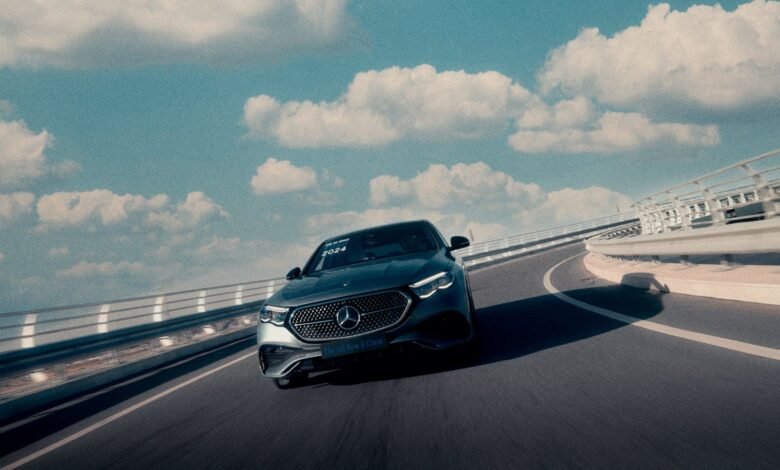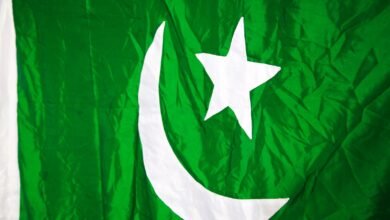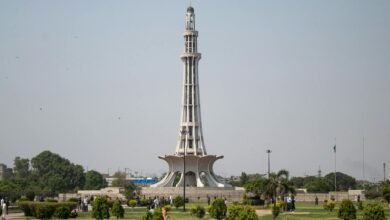Motorways in Pakistan: Connecting the Nation

Pakistan’s motorway network is a significant component of the country’s road infrastructure, providing fast and efficient travel routes across various regions. The motorway system plays a crucial role in facilitating trade, tourism, and economic development by linking major cities and provinces with well-constructed, high-speed roads. These motorways are operated by the National Highway Authority (NHA), and they are designed to meet international standards, offering a smooth and safe travel experience.
In this post, we’ll explore the main motorways in Pakistan, their routes, and the significance of each for both local commuters and international tourists.
1. M-1 Motorway: Islamabad to Peshawar
The M-1 Motorway connects the capital city of Islamabad with Peshawar, the capital of Khyber Pakhtunkhwa. This 155-kilometer stretch is a key route for travelers heading towards the northern areas of Pakistan. The M-1 passes through important cities like Attock, Swabi, and Nowshera, and provides access to the Hazara region via the Hazara Expressway.
Route: Islamabad → Peshawar
Length: 155 kilometers
Key Cities: Islamabad, Attock, Peshawar
2. M-2 Motorway: Lahore to Islamabad
The M-2 Motorway is one of the most important and oldest motorways in Pakistan, connecting the cities of Lahore and Islamabad. Spanning over 375 kilometers, the M-2 is known for its scenic beauty, especially the lush green landscapes and the Salt Range mountains it passes through. This motorway plays a vital role in the country’s economy by facilitating trade between the federal and provincial capitals.
Route: Lahore → Islamabad
Length: 375 kilometers
Key Cities: Lahore, Islamabad, Sheikhupura, Chakwal
3. M-3 Motorway: Lahore to Abdul Hakeem
The M-3 Motorway connects Lahore to the town of Abdul Hakeem, where it merges with the M-4 Motorway. This 230-kilometer route is part of the China-Pakistan Economic Corridor (CPEC) and plays an essential role in connecting southern Punjab with the rest of the country. It also significantly reduces travel time between Lahore and southern cities like Multan.
Route: Lahore → Abdul Hakeem
Length: 230 kilometers
Key Cities: Lahore, Abdul Hakeem
4. M-4 Motorway: Pindi Bhattian to Multan
The M-4 Motorway connects Pindi Bhattian in Punjab with Multan, one of the major economic hubs in southern Punjab. Covering approximately 309 kilometers, the M-4 is a crucial link between northern and southern Pakistan. It provides a faster alternative to the Grand Trunk (GT) Road and serves cities like Faisalabad and Toba Tek Singh along the way.
Route: Pindi Bhattian → Multan
Length: 309 kilometers
Key Cities: Pindi Bhattian, Faisalabad, Multan
5. M-5 Motorway: Multan to Sukkur
The M-5 Motorway, also known as the Sukkur-Multan Motorway, is a key part of the CPEC project. This 392-kilometer motorway connects Multan in Punjab with Sukkur in Sindh, providing a faster route between northern and southern Pakistan. The M-5 is known for its state-of-the-art construction and is vital for cargo transportation between ports in Karachi and industrial centers in Punjab.
Route: Multan → Sukkur
Length: 392 kilometers
Key Cities: Multan, Sukkur
6. M-6 Motorway: Sukkur to Hyderabad (Under Construction)
The M-6 Motorway is an important upcoming project that will connect Sukkur to Hyderabad, completing the north-south motorway network. Once completed, the M-6 will significantly reduce travel time between the northern and southern parts of Pakistan, linking them through a continuous motorway system from Peshawar to Karachi.
Route: Sukkur → Hyderabad
Length: 306 kilometers (Under construction)
Key Cities: Sukkur, Hyderabad
7. M-7 Motorway: Dadu to Hub (Planned)
The M-7 Motorway is a proposed project that will connect Dadu in Sindh to Hub in Balochistan. Once completed, it will serve as an important route for trade and transportation between the two provinces, particularly for goods moving from the ports in Karachi to northern Pakistan and beyond.
Route: Dadu → Hub
Length: Approximately 270 kilometers (Planned)
8. M-8 Motorway: Gwadar to Ratodero
The M-8 Motorway is also known as the Gwadar-Ratodero Motorway. This motorway connects the port city of Gwadar with the city of Ratodero in Sindh, passing through areas like Turbat and Khuzdar. The M-8 is crucial for the development of Gwadar as a major port city under the CPEC initiative, providing a direct route to inland cities for trade and commerce.
Route: Gwadar → Ratodero
Length: 892 kilometers
Key Cities: Gwadar, Turbat, Khuzdar, Ratodero
9. M-9 Motorway: Karachi to Hyderabad
The M-9 Motorway links Pakistan’s largest city, Karachi, with Hyderabad in Sindh. This 136-kilometer motorway is a crucial part of the trade corridor between Karachi and the rest of the country. The M-9 is heavily used for cargo transport and daily commuting between these two major cities.
Route: Karachi → Hyderabad
Length: 136 kilometers
Key Cities: Karachi, Hyderabad
Benefits of Motorways in Pakistan for Tourists
The motorway network in Pakistan not only benefits local travelers but also offers several advantages to international tourists:
Faster Travel: Motorways provide faster travel between major cities, significantly reducing travel times compared to regular highways.
Comfortable Driving: The well-maintained roads and services along the way, including rest areas and fuel stations, ensure a comfortable journey.
Scenic Routes: Motorways like the M-2 and M-1 pass through picturesque landscapes, offering travelers a scenic drive through mountains and valleys.
Safety: Motorways in Pakistan are designed to international safety standards, making them safer for long-distance travel.
Conclusion
Pakistan’s expanding motorway network is transforming travel across the country, making it easier for tourists and locals to navigate between key cities. With ongoing construction projects and plans for future motorways, the network will continue to grow, improving connectivity and promoting tourism across the diverse regions of Pakistan.



